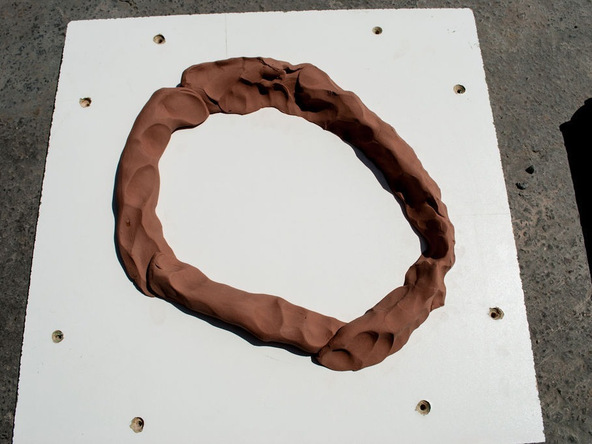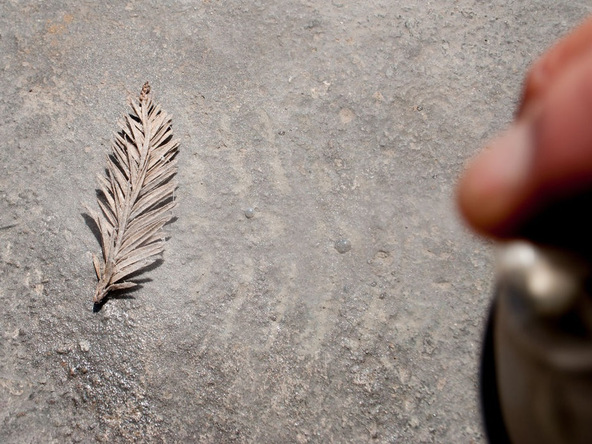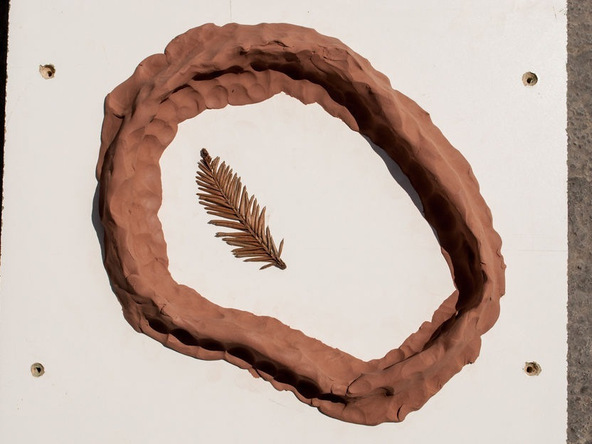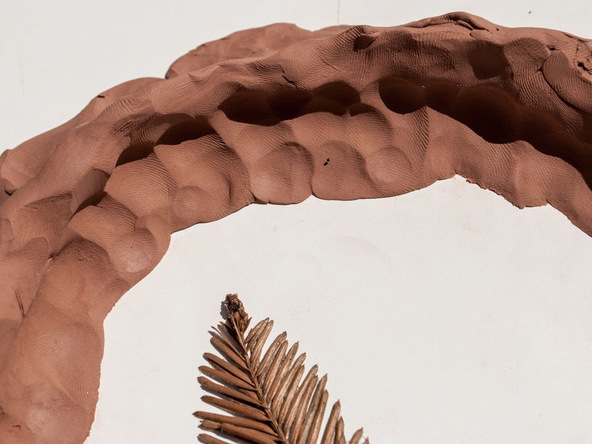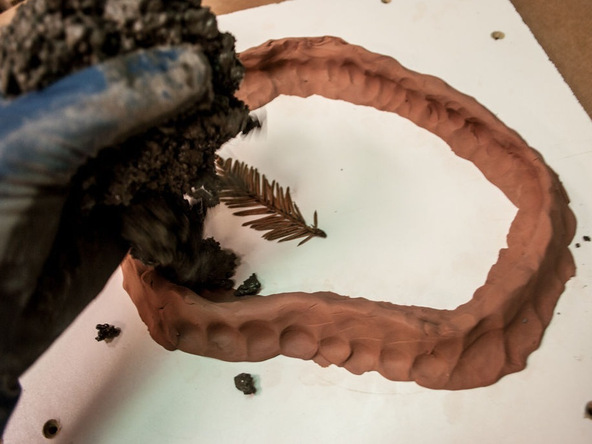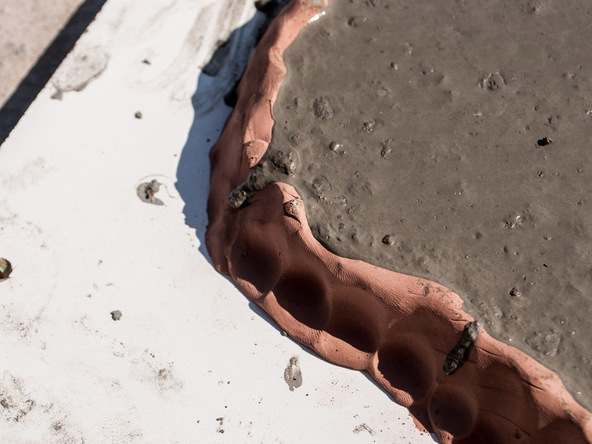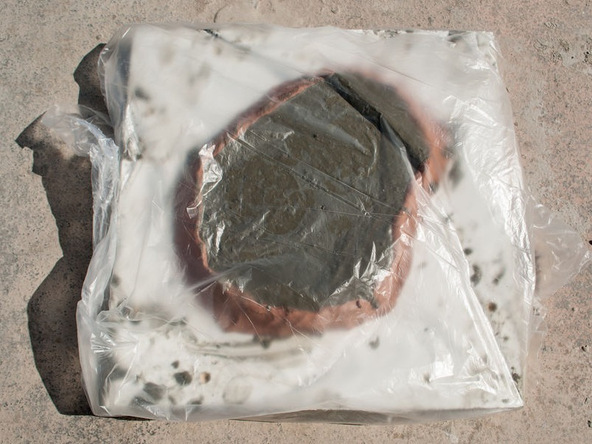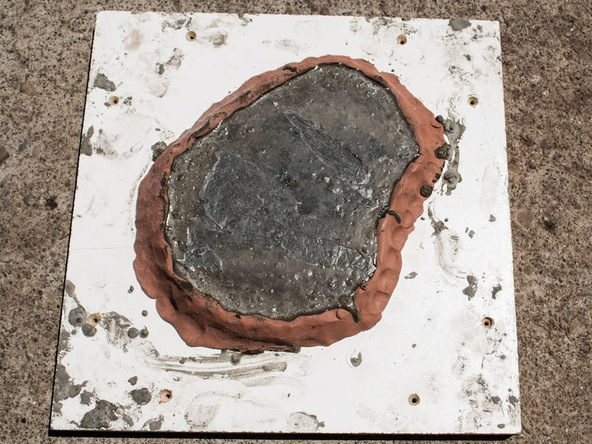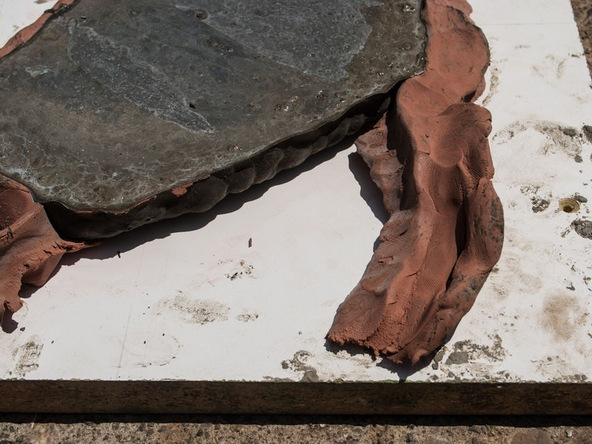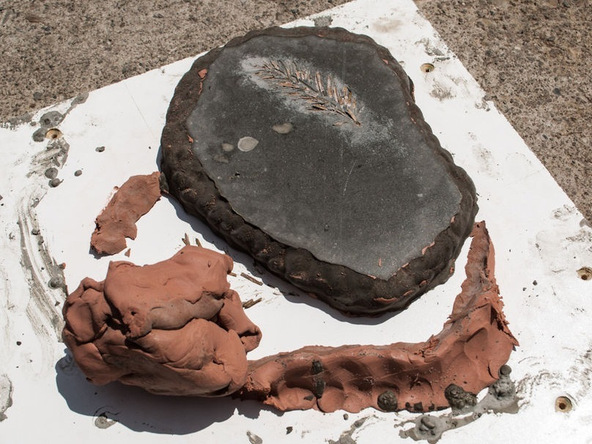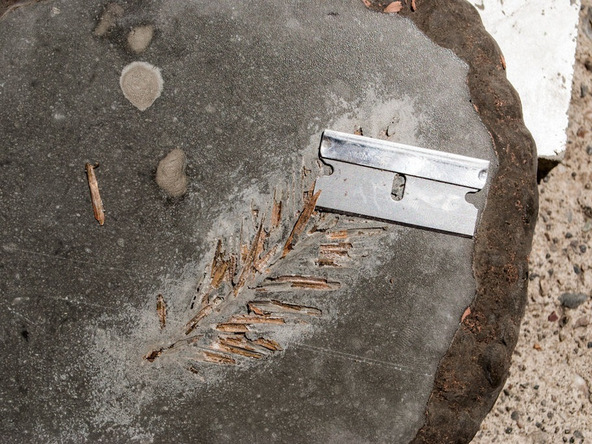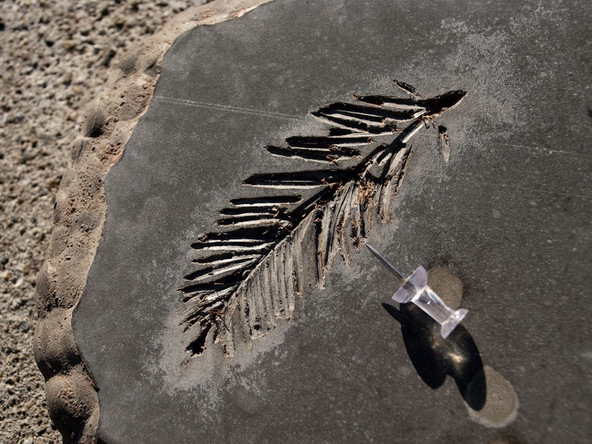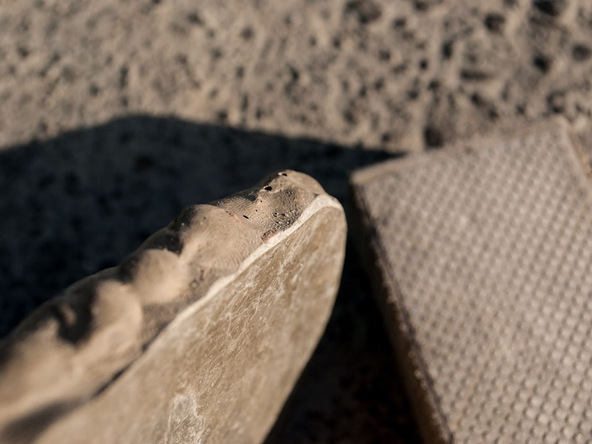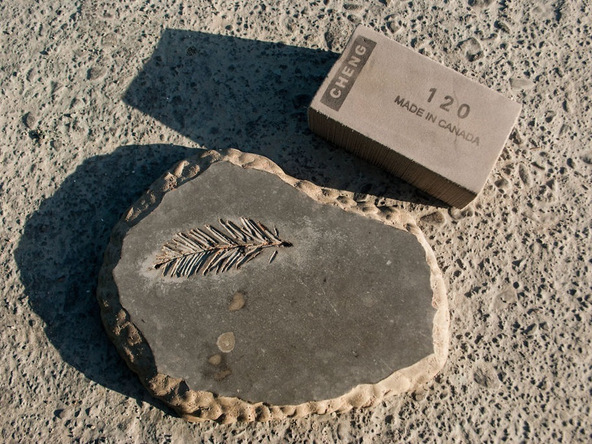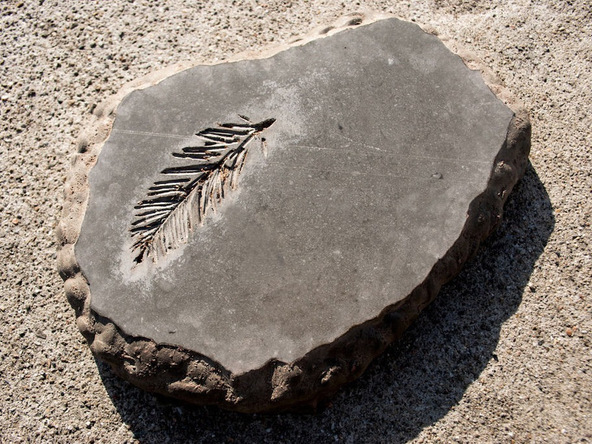Rustic Concrete Stepping Stones
In this Guide you’ll learn a very quick and easy way to make your own concrete fossil (leaf impression). Leaf impressions can be nice details in larger-scale concrete work, or you can follow these instructions as-is to make stepping stones for the backyard or garden. If you have a big project to pour, this is something easy for the kids to play around with and it keeps any leftover concrete from going to waste.
What You’ll Need
- 3M Super 77 Spray Adhesive
- CHENG Diamond Hand Polishing Pads (Pair)
- Plastic Bag
- Bucket
- Particle Mask
- Rubber Gloves
- Fresh Leaf
- Modeling Clay
- Waterproof Baseboard
- 5000 psi Sacked Concrete Mix
- CHENG Outdoor Pro-Formula

